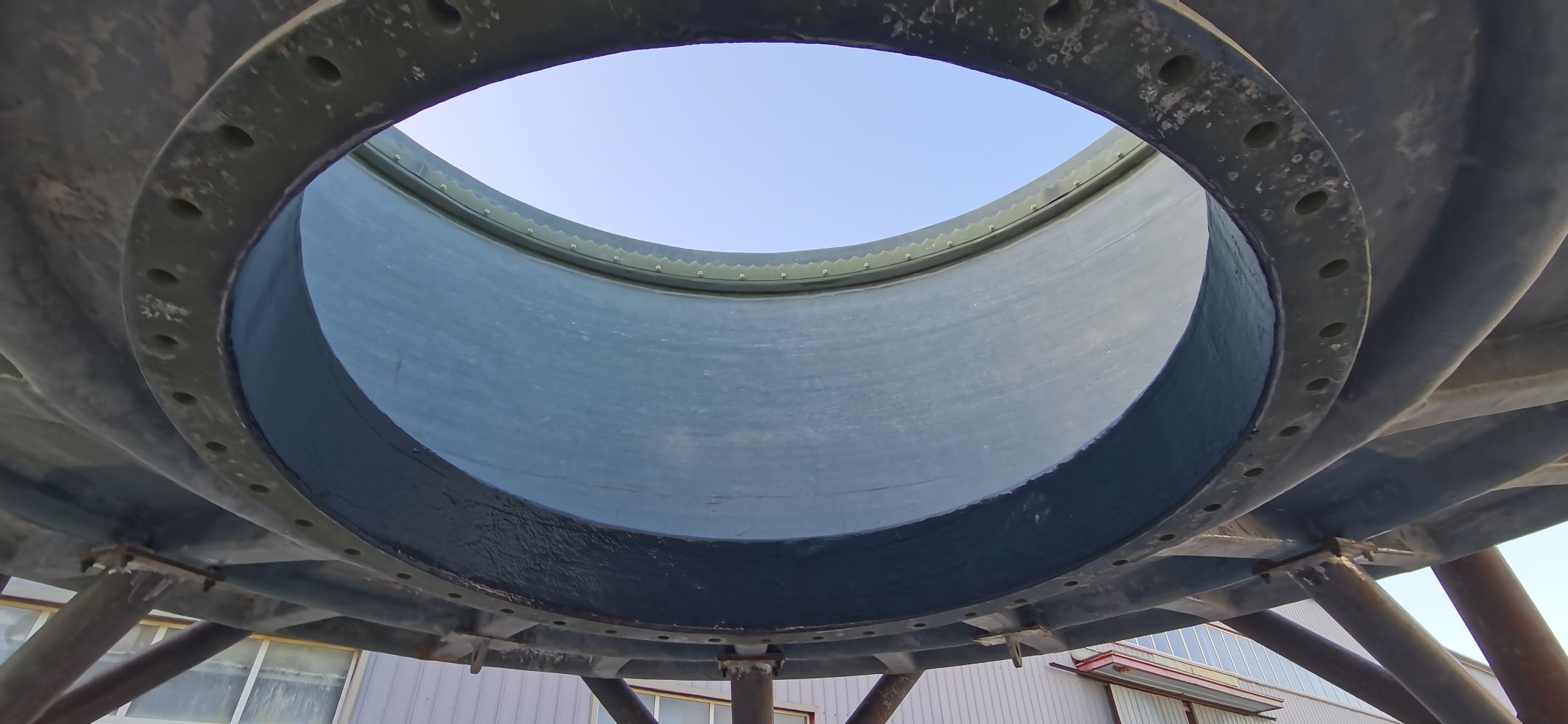
-
 Afrikaans
Afrikaans -
 Albanian
Albanian -
 Amharic
Amharic -
 Arabic
Arabic -
 Armenian
Armenian -
 Azerbaijani
Azerbaijani -
 Basque
Basque -
 Belarusian
Belarusian -
 Bengali
Bengali -
 Bosnian
Bosnian -
 Bulgarian
Bulgarian -
 Catalan
Catalan -
 Cebuano
Cebuano -
 China
China -
 China (Taiwan)
China (Taiwan) -
 Corsican
Corsican -
 Croatian
Croatian -
 Czech
Czech -
 Danish
Danish -
 Dutch
Dutch -
 English
English -
 Esperanto
Esperanto -
 Estonian
Estonian -
 Finnish
Finnish -
 French
French -
 Frisian
Frisian -
 Galician
Galician -
 Georgian
Georgian -
 German
German -
 Greek
Greek -
 Gujarati
Gujarati -
 Haitian Creole
Haitian Creole -
 hausa
hausa -
 hawaiian
hawaiian -
 Hebrew
Hebrew -
 Hindi
Hindi -
 Miao
Miao -
 Hungarian
Hungarian -
 Icelandic
Icelandic -
 igbo
igbo -
 Indonesian
Indonesian -
 irish
irish -
 Italian
Italian -
 Japanese
Japanese -
 Javanese
Javanese -
 Kannada
Kannada -
 kazakh
kazakh -
 Khmer
Khmer -
 Rwandese
Rwandese -
 Korean
Korean -
 Kurdish
Kurdish -
 Kyrgyz
Kyrgyz -
 Lao
Lao -
 Latin
Latin -
 Latvian
Latvian -
 Lithuanian
Lithuanian -
 Luxembourgish
Luxembourgish -
 Macedonian
Macedonian -
 Malgashi
Malgashi -
 Malay
Malay -
 Malayalam
Malayalam -
 Maltese
Maltese -
 Maori
Maori -
 Marathi
Marathi -
 Mongolian
Mongolian -
 Myanmar
Myanmar -
 Nepali
Nepali -
 Norwegian
Norwegian -
 Norwegian
Norwegian -
 Occitan
Occitan -
 Pashto
Pashto -
 Persian
Persian -
 Polish
Polish -
 Portuguese
Portuguese -
 Punjabi
Punjabi -
 Romanian
Romanian -
 Russian
Russian -
 Samoan
Samoan -
 Scottish Gaelic
Scottish Gaelic -
 Serbian
Serbian -
 Sesotho
Sesotho -
 Shona
Shona -
 Sindhi
Sindhi -
 Sinhala
Sinhala -
 Slovak
Slovak -
 Slovenian
Slovenian -
 Somali
Somali -
 Spanish
Spanish -
 Sundanese
Sundanese -
 Swahili
Swahili -
 Swedish
Swedish -
 Tagalog
Tagalog -
 Tajik
Tajik -
 Tamil
Tamil -
 Tatar
Tatar -
 Telugu
Telugu -
 Thai
Thai -
 Turkish
Turkish -
 Turkmen
Turkmen -
 Ukrainian
Ukrainian -
 Urdu
Urdu -
 Uighur
Uighur -
 Uzbek
Uzbek -
 Vietnamese
Vietnamese -
 Welsh
Welsh -
 Bantu
Bantu -
 Yiddish
Yiddish -
 Yoruba
Yoruba -
 Zulu
Zulu
fiberglass dual lamination product
Understanding Fiberglass Dual Lamination Products
Fiberglass dual lamination products have emerged as a significant advancement in the field of composite materials. These products combine the strength and durability of fiberglass with the versatility of lamination processes, making them ideal for a wide range of applications across various industries.
Fiberglass, known for its lightweight and high tensile strength, is formed from fine glass fibers. When combined with a dual lamination process, it exhibits enhanced properties, including improved chemical resistance, moisture barriers, and structural integrity. Dual lamination typically involves applying two layers of laminate to the surface of the fiberglass. This method not only adds an additional layer of protection but also allows for customizability in the product's surface finish and performance characteristics.
One of the primary benefits of fiberglass dual lamination products is their ability to withstand harsh environments. Industries such as construction, automotive, and aerospace often require materials that can endure exposure to chemicals, UV radiation, and extreme temperatures. The lamination process creates a protective barrier that extends the lifespan of fiberglass components, making them more reliable for demanding applications.
Additionally, these products are lightweight and flexible, which enhances their usability and lowers transportation costs. The reduced weight doesn’t compromise strength; rather, it allows for the creation of more intricate designs and structures. This quality is particularly beneficial in the automotive and aerospace sectors, where reducing weight can lead to improved fuel efficiency and performance.
fiberglass dual lamination product

The manufacturing process of fiberglass dual lamination products involves several key steps. Initially, the fiberglass is woven and then saturated with resin. After this curing stage, the dual lamination is applied, which can be made from various materials such as thermoplastics or epoxy resins. Each type of laminate offers different benefits, enabling manufacturers to tailor products to meet specific requirements.
In terms of applications, fiberglass dual lamination is widely used in the production of tanks, pipes, and protective enclosures. For instance, in the chemical industry, these materials are utilized for their resistance to corrosive substances and their ability to maintain structural integrity under pressure. In construction, they find their way into building materials that require both durability and aesthetic appeal.
Moreover, the versatility of fiberglass dual lamination products means they can be adapted for use in renewable energy applications, such as solar panel backing and wind turbine blades. As the industry moves towards sustainable practices, these materials offer an environmentally friendly alternative to less sustainable options.
In conclusion, fiberglass dual lamination products represent a significant leap forward in material technology, offering enhanced durability, resistance to harsh environments, and flexibility for a multitude of applications. Their development not only meets the demands of various industries but also paves the way for future innovations in composite material design. As technology advances, the potential for fiberglass dual lamination products continues to grow, promising even greater applications and improved performance.
Latest news
-
Exploring the Benefits of Top Hammer Drifter Rods for Enhanced Drilling PerformanceNewsJun.10,2025
-
High-Precision Fiberglass Winding Machine for GRP/FRP Pipe Production – Reliable & Efficient SolutionsNewsJun.10,2025
-
FRP Pipes & Fittings for Shipbuilding - Corrosion-Resistant & LightweightNewsJun.09,2025
-
Premium FRP Flooring Solutions Durable & Slip-ResistantNewsJun.09,2025
-
Premium Fiberglass Rectangular Tanks Durable & Lightweight SolutionNewsJun.09,2025
-
Tapered Drill String Design Guide Durable Performance & UsesNewsJun.09,2025









